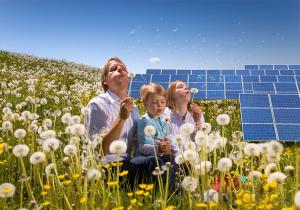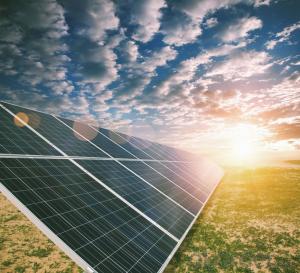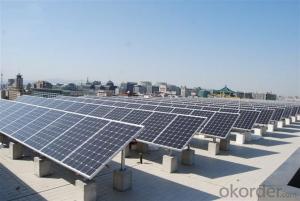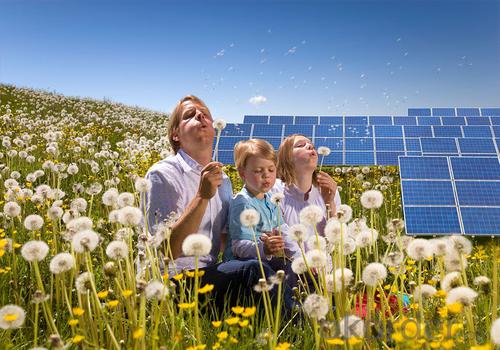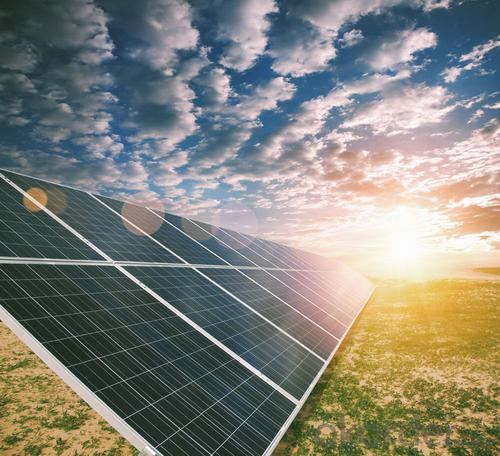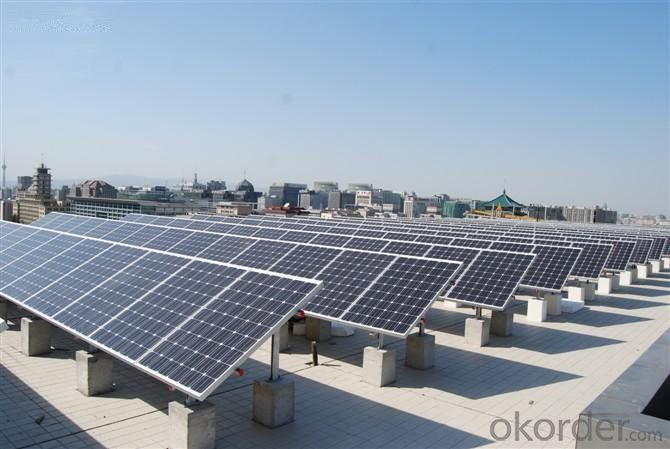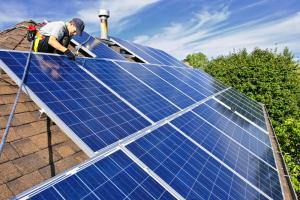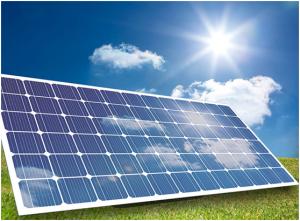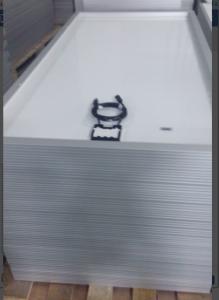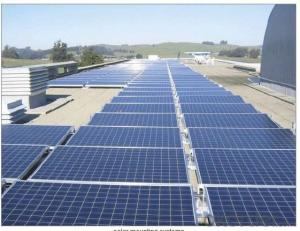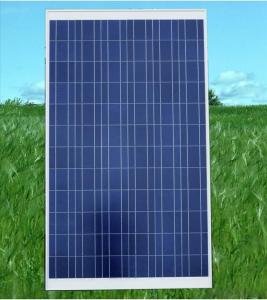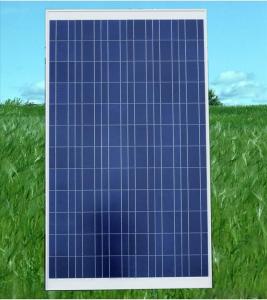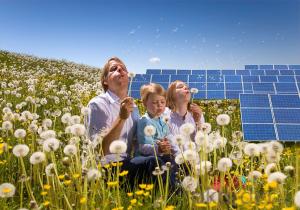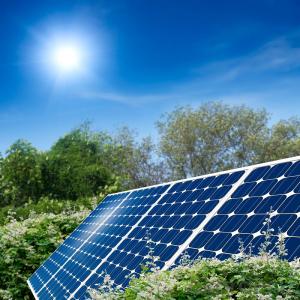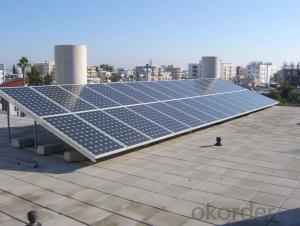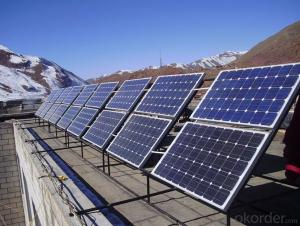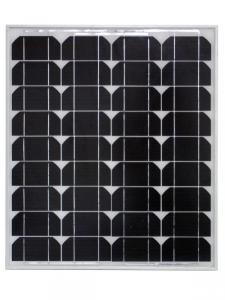Best Solar Panels for Boats - 305W Polycrystalline Silicon Solar Panels
- Loading Port:
- Ningbo
- Payment Terms:
- TT or LC
- Min Order Qty:
- 200000 watt
- Supply Capability:
- 20000000 watt/month
OKorder Service Pledge
OKorder Financial Service
You Might Also Like
About us
We are a high-tech group wich specializes in solar products design,research, manufacture, sales,solar projects design and installation.
Our present annual capacity is 6 million for wafer, 60MWp for solar cells,200MWp for solar modules and one hundred thousand for solar applications. It is expected that the annual capacity of 2012 will be up to 30 million for wafer, 300MWp for solar cells, 1000MW for solar modules and 2 million for solar applications.
General Information
The installation of PV modules requires a great degree of skill and should only be performed by a qualified licensed professional, including licensed contractors and licensed electricians. Please be aware that there is a serious risk of various types of injury occurring during the installation including the risk of electric shock. All CUSTOMER modules are equipped with a permanently attached junction terminal box that will accept variety of wiring applications or with a special cable assembly for ease of installation, and they do not require assembly.
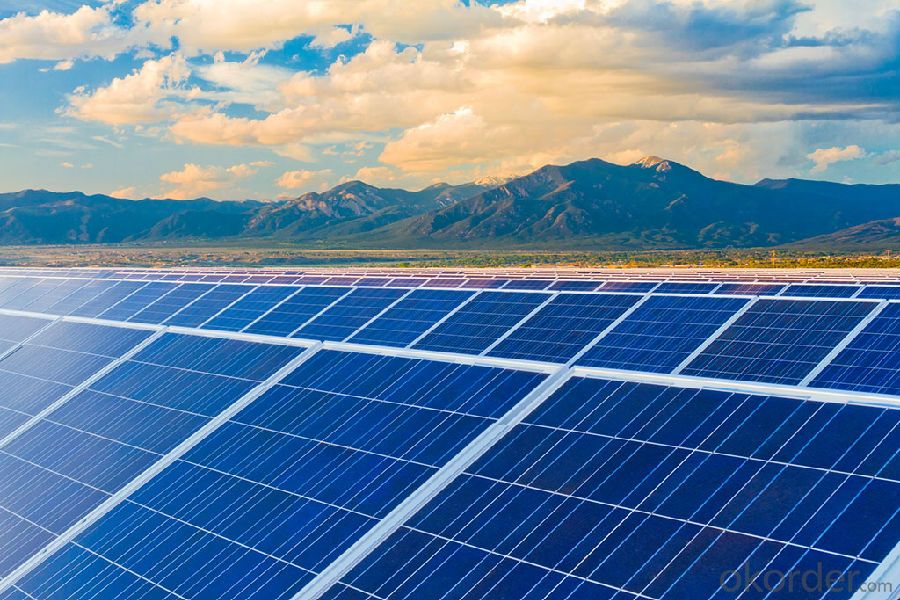
Introduction
This installation Manual contains essential information for the electrical and mechanical installation that your must know before installing CUSTOMER PV modules. This also contains safety information you need to be familiar with .All the information described in this manual are the intellectual property of CNBM and based on the technologies and experiences that have been acquired and accumulated in the long history of CUSTOMER. This document does not constitute a warranty, expressed or implied.
CUSTOMER does not assume responsibility and expressly disclaims liability for loss, damage, or expense arising out of in anyway connected with installation, operation, use or maintenance of the PV modules. No responsibility is assumed by CUSTOMER for any infringement of patents or other rights of third parties that may result from use of PV module.
CUSTOMER reserves the right to make changes to the product, specifications or installation manual without prior notice.
Grouding
All PV models must be grounded by electrical connection of the module frames to ground. Please be careful in arranging the system ground so that the removal of one module from the circuit will not interrupt the grounding of any other modules.
The modules should be grounded to the same electrical point as described below.
Each PV module has a hole on the side frame of either a bolt, nut and washer grounding the module to the frame, a ground lug fastened by bolt or screw, or appropriate screw(hardware not provided).An example of acceptable ground connection using a bolt, nut and washer retaining a ground lug is shown in figure 3,in a connection of this type, the hardware(such as a toothed locked washer/star washer) must score the frame surface to make positive electrical contact with the frame. The ground wire must be considered within the requirement of local and regulation at the site of installation.
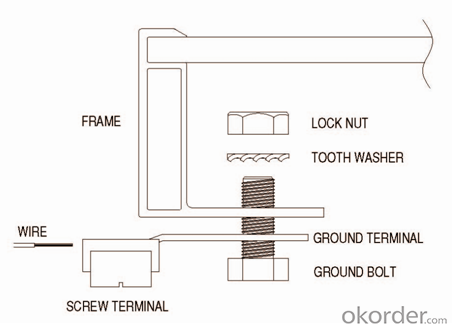
Data sheet
Maximum Power | 305W |
Efficiency | 0.157 |
Backsheet | Silver |
Frame Colar | White |
Manufacture Site | China |
Frame | Anodized Aluminum Alloy |
Weight | 27 kg |
- Q: is this fact true? - its a limitation to solar panels during summer when it's in extremly hot countrie. I've heard it from my science teacher .. please give detail if you have any and any more benefits/limitations is welcomed .. Thank you :) !
- WHAT? This is far from the truth, IN Scottsdale Arizona a small apartment complex was fitted with solar {photo voltaic cells in the late 70s. Every summer they sold electricity back to the power company. It gets up to 5 fairly often here, and as hot as 23 in the shade. On a roof top it is over 50 in direct sunlight. The opposite is true. When it is cloudy they produce less electricity. They may loose some efficiency when it is very hot, but not enough to make them not work at all, or even enough to really harm the output to any really appreciable extent. A new plastic photovoltaic material that produces about 40-45% of a silicon based solar cell is a neat option as it works when it is very cloudy, you can drive nails through it, and it is flexible. I think these items are kept artificially expensive by big business, but this is just a biased opinion of mine, but as far as not working in extreme heat, NO these solar panels work just fine when it is hot. I am in Phoenix Arizona, and it does not get a whole lot hotter than here. If the cells from the 970s worked OK newer ones are better and will do just fine too. Solar hot water heaters are a slightly different matter as they will over heat the water and the water must be mixed with cooler water, or you can really get into trouble. Maybe this is what he meant. Still I doubt it is enough of an issue to cause the device to be less efficient than a gas water heater, or electric, etc. Maybe he is referring to having to mix cooler water into solar heated water in a solar hot water heater, or some other system, Photovoltaic cells do not have any problems rendering them useless from hot weather on this planet, and in fact, they are used in space and it gets much hotter there.
- Q: For my exam in science we are required to make a power point explaining why it would be good for our school to switch to solar. our complete handout given to us by our teacher is as follows:Power Point to include:. What you propose for alternative energy usea. Any thoughts on energy conservation...2. Why this is a good idea3. What information you would give the solar company (area of roof space your group determined to be useable for solar)In PowerPoint - include your quot;scriptof what you would be saying when the slide is up in the Notes section below the slideANY HELP WOULD BE GREATLY APPRICIATED!!THANK YOU SO SO MUCH,QH
- Create okorder /
- Q: Is it really necessary to make solar panels that expensive?
- First Solar recently announced that their costs to produce panels dropped below $ per watt. I don't know how much of that is accounting tricks. Of course, that doesn't mean that they would sell panels for that price - any capitalistic company is expected to drive the price up to what the market will bear. Crystalline silicon panel producers are coming in at about $2.50/watt right now for the best of them. But again, the selling price is what the market will bear.
- Q: I want to add solar panels to my home. I was looking online and it seems there are so many different kinds! How does it hook up to the electrical grid? How much do I need for a 2000 sf home?
- This is still not a trivial project, although it is getting easier. The usual way to do this is to contact professional installers for free quotes. In the process of getting the quote, you'll learn what considerations go into sizing a solar system. They'll look at your energy usage, and also whether your house has a good, clear, south-facing roof that doesn't get shaded during the day. They'll also look at your electrical panel to see whether they can hook right up, or additional work is needed. There are rumors of companies like Akeena planning to sell panel kits in Home Depot (in areas that Akeena does not directly serve). The idea would be that a pro installer would pick up the kit there, but a highly skilled homeowner might be able to make it work. A permit will probably be required by your jurisdiction, but that's no different than applying for any other construction. And you'll have to inform your power utility in advance, which may or may not be routine, depending on how often people connect solar in your area. If you want to see how we connected our system, a link is below. I did not really save money by doing it myself. That's because pro's can get better prices on the panels, which makes up for the labor cost.
- Q: Can solar panels generate electricity at night?
- No, solar panels cannot generate electricity at night because they rely on sunlight to produce energy.
- Q: What is the impact of roof age on solar panels' efficiency?
- The impact of roof age on solar panels' efficiency can vary depending on the specific condition of the roof. In general, an older roof may need repairs or replacement before installing solar panels to ensure proper installation and optimal performance. Additionally, an aged roof may have structural issues or shading problems that can affect the efficiency of solar panels. Therefore, it is important to assess and address any roof concerns before installing solar panels to maximize their efficiency and longevity.
- Q: I have 2 20 watt Solar panel. I have it hooked up to solar controller and batteries to inverter. Am trying to figure out how much watts am getting. I found the voltage but how do I find the amp reading on a mutimeter?
- It is possible your meter does not have the capacity to safely measure more than 300 milliamps which is too small to measure current output from solar panels. Assuming no losses in the system or components, if your meter does not have the capacity to measure 0 Amps, you will need to get one that does. Analogs are better than digitial for this. Most often the 0 Amp circuit of the meter has a discrete positive plug location for the positive test lead. Most have a common ground connection with the rest of the meter functions. If you are measuring current at the battery in the charge mode- Negative lead of meter goes to positive terminal of battery and positive lead of meter goes to the cable that was connected to the positive terminal of the battery. Since the Wattage is a nominal measurement, if you measure between the panel and controller, take measurement on one leg of the panel, as you want to measure the current with the loaded active circuit. Meter is oriented the same way as the measurement at the battery would be made above only this time the meter is between the panel and controller. At peak solar conditions, expect current to be measured at 2.5 to3 Amps or more per panel. Under optimal conditions your panel will have higher output than their ratings indicate. Open circuit can be close to 20 volts. Never short circuit the output of the solar panels. It is volts multiplied by amps that gives you Watts.
- Q: Simplfy it so i can understand pls and put it in stages such as . sun hits solar panel plsHow many different types of solar panels are there?
- The term solar panel is best applied to a flat solar thermal collector, such as a solar hot water or air panel used to heat water, air, or otherwise collect solar thermal energy. But 'solar panel' may also refer to a photovoltaic module which is an assembly of solar cells used to generate electricity. In all cases, the panels are typically flat, and are available in various heights and widths. An array is an assembly of solar-thermal panels or photovoltaic (PV) modules; the panels can be connected either in parallel or series depending upon the design objective. Solar panels typically find use in residential, commercial, institutional, and light industrial applications. Solar-thermal panels saw widespread use in Florida and California until the 920's when tank-type water heaters replaced them. A thriving manufacturing business died seemingly overnight. However, solar-thermal panels are still in production, and are common in portions of the world where energy costs, and solar energy availability, are high. Recently there has been a surge toward large scale production of PV modules. In parts of the world with significantly high insolation levels, PV output and their economics are enhanced. PV modules are the primary component of most small-scale solar-electric power generating facilities. Larger facilities, such as solar power plants typically contain an array of reflectors (concentrators), a receiver, and a thermodynamic power cycle, and thus use solar-thermal rather than PV.
- Q: Basically I need a custom solar panel created. I won't go into detail but the dimensions need to be around 4''x2.5'' and be as thin as possible.
- Make okorder
- Q: i really need to know howbecause im building a solar powered car for science fair :]thank you!
- get some stuff, put it on the other stuff
Send your message to us
Best Solar Panels for Boats - 305W Polycrystalline Silicon Solar Panels
- Loading Port:
- Ningbo
- Payment Terms:
- TT or LC
- Min Order Qty:
- 200000 watt
- Supply Capability:
- 20000000 watt/month
OKorder Service Pledge
OKorder Financial Service
Similar products
Hot products
Hot Searches
